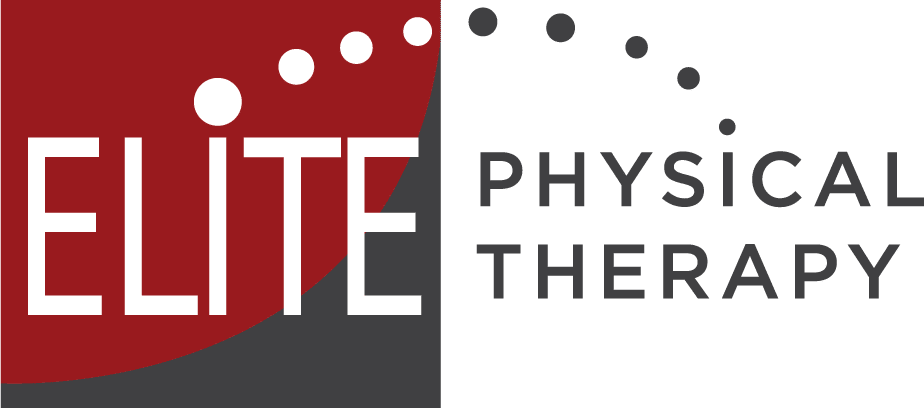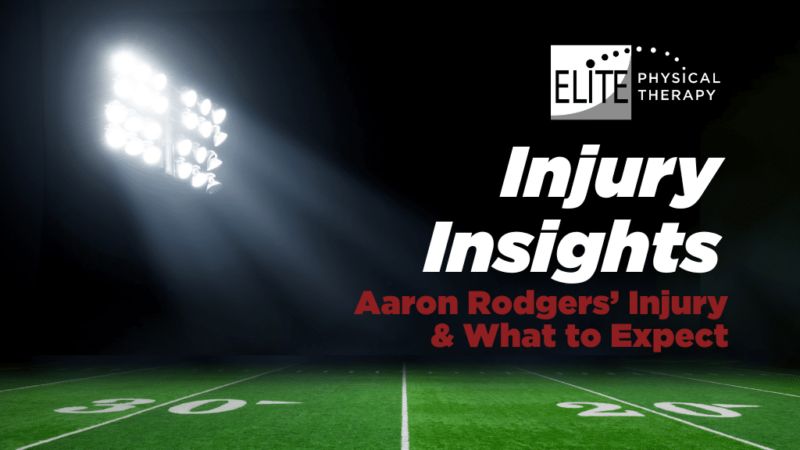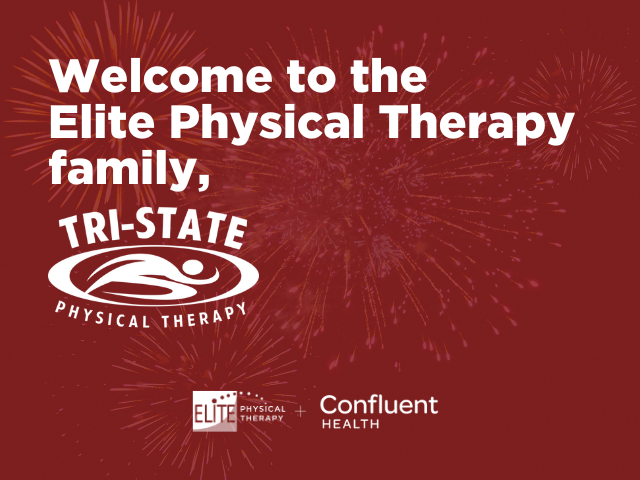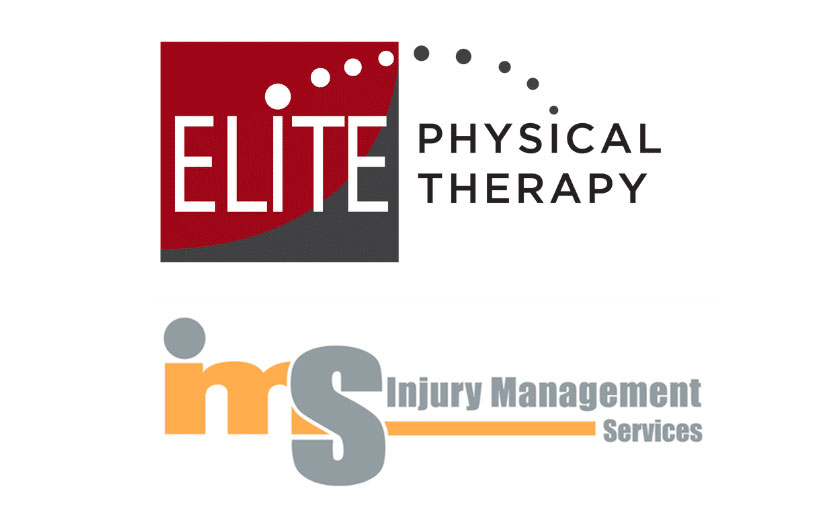Hi Everyone! Dear Abby here!
June is National Scoliosis Awareness month. The purpose of this month is to educate the public about scoliosis, early detection, and prevention of chronic issues that can be associated with this condition. I have been asked to share some general information and explain how ELITE PHYSICAL THERAPY can help you or someone you love if they suffer from Scoliosis.
What is scoliosis? Scoliosis is a condition that affects the normal curvature of the spine which in turn changes a person’s position/posture. This sometimes causes limitation in mobility, muscle weakness and pain in the neck, trunk or low back.
Who is affected by scoliosis? Anyone! It occurs at any time during the lifespan and most commonly detected during adolescence and also more common in females. The change in curvature can range from very mild to severe cases requiring different avenues of care. More severe cases can be progressive and even require surgery.
How do I know if I have scoliosis? Most people are diagnosed during a general health screen or physical examination by a doctor, nurse (school nurse) or physical therapist. We usually see people come in for general back pain and during the assessment find a scoliotic curvature.
What would I expect my PT to do during my exam? During the initial visit your Elite Physical Therapy will discuss your medical history, examine your spine in different positions and assess your strength, mobility, pain, or muscle tenderness. You and your physical therapist will identify symptoms and deficits of function and work together to devise a plan to reach goals to improve these things. If the PT feels further evaluation is needed he or she may discuss follow up with your physician for a more extensive evaluation or imaging if it has not been done already.
How can physical therapy/exercise help me? Physical therapy can be helpful in a number of ways. Most importantly the EXERCISES are designed to improve flexibility of shortened or tight muscles, strengthen weak muscles and improve mobility of spinal segments. Breathing exercises are also important as some times lung function is affected with more progressive cases. Physical therapy will focus on upper and lower body strength/stability because scoliosis ultimately affects the entire body. We also focus on pain reduction as the curvature and changes sometimes cause muscle spasms and nerve pain.
What exercises do you give patients affected by scoliosis? I incorporate my background in Pilates into my treatment plans for my patients. Pilates focuses on mobility, strength and breathing techniques so it allows more “bang for your buck” when addressing issues with scoliosis. It can be done at a slower pace as well which helps for more severe cases. Mat level exercises with Pilates can also be performed at home which makes it easier on the patient.
Scoliosis is extremely patient specific so come and see us at ELITE PHYSICAL THERAPY for your assessment and PERSONALIZED treatment plan.
Your “Family” Physical Therapist,
Abby LeBlanc, DPT
Got a question for “Dear Abby”? She’s got your PT “solution”!
Submit your questions to [email protected] for answers today!




